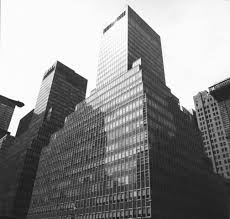This photo was taken by Claude P. Dettloff, on October 1, 1940.
I picked this photo because it shows the true love between a father and son.
I don't think that there is anything different in the view finder than usual.
I feel this photography made the top photos of all time because, it is betraying the pain that soilders and their families went through.

The photographers name was not attached. Though this photo was taken in Vancouver, British Columbia. Canadians were rioting after a tramadic loss at the Stanley Cup.
I picked this photo because it shows that no matter what Scott, the man, would be there for his woman. No matter race or nationality.
On this photo I am assunming that isolation was used to make this photography so dramaic.
I reason I believe that this photo was picked for the top of all times is simple.
Love will always win in the end.
.
This photo was also taken by an unknown person.
I don't believe that there was any alteration in the view finder when taken.
In this picture is Phyllis Siegel, 76, left, and Connie Kopelov, 84, both from New York.
These women are the first same-sex couple to get married at the Manhattan City Clerk’s office in 2011.
I choose this picture for so many reasons.
I respect their love for each other.
They are so happy. I am sure that, that moment was long awaited.
I feel this picture was choosen for the top photos of all time for one reason.
Diversity is the true artist of all.















